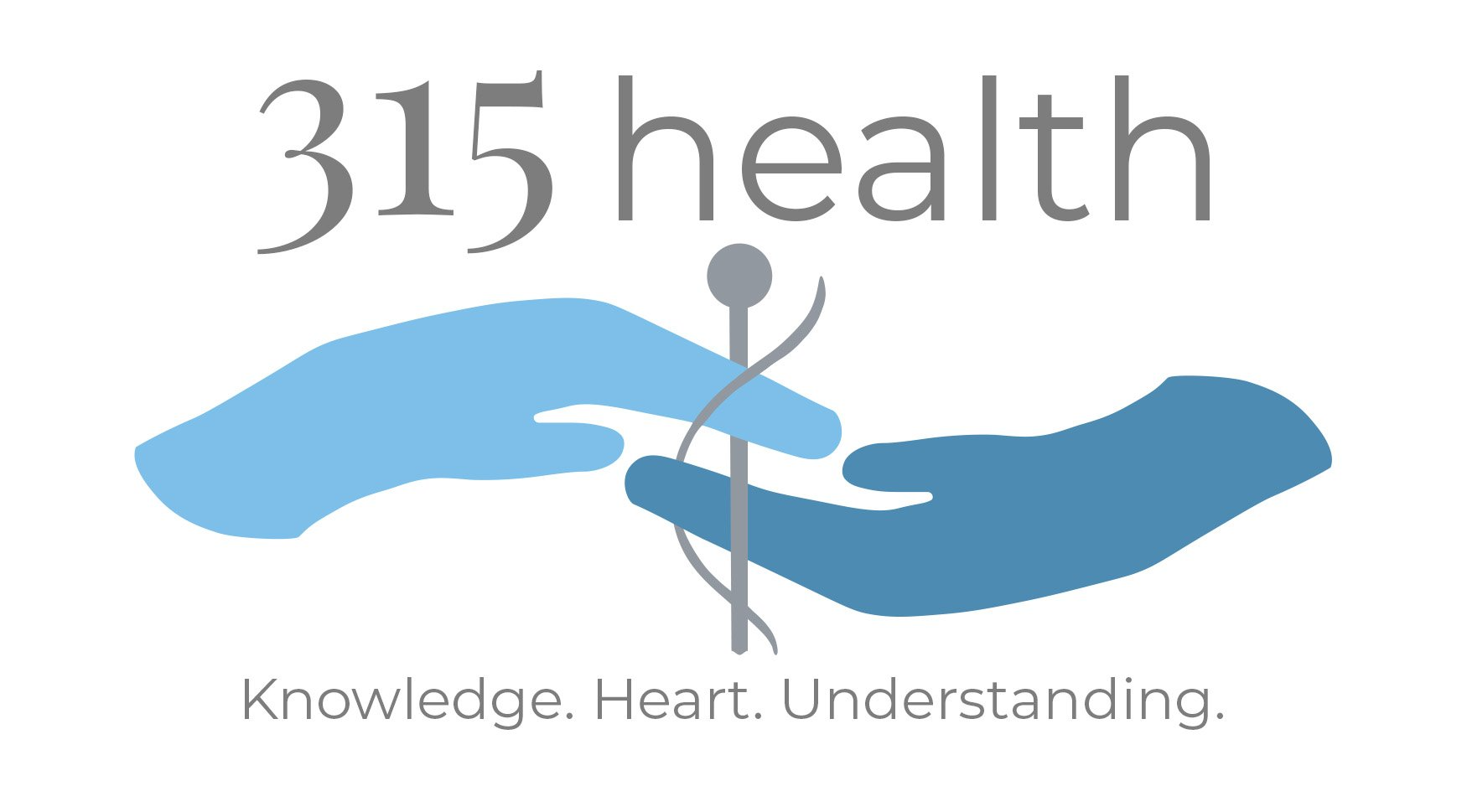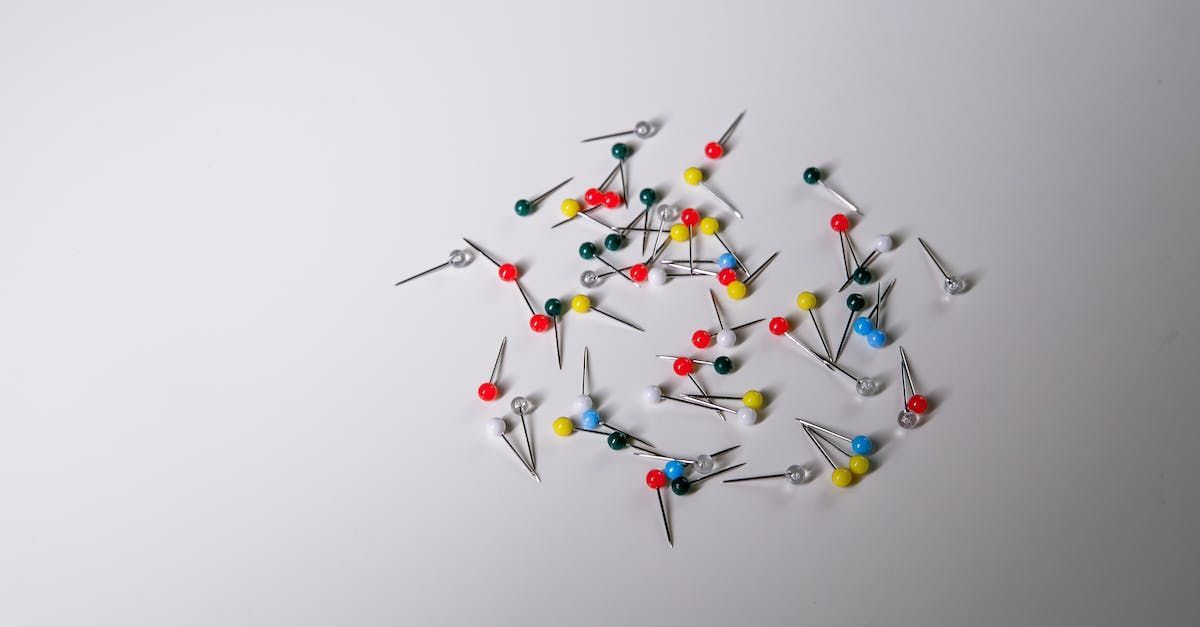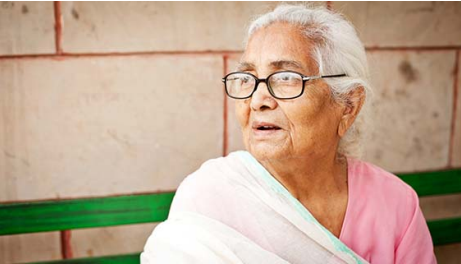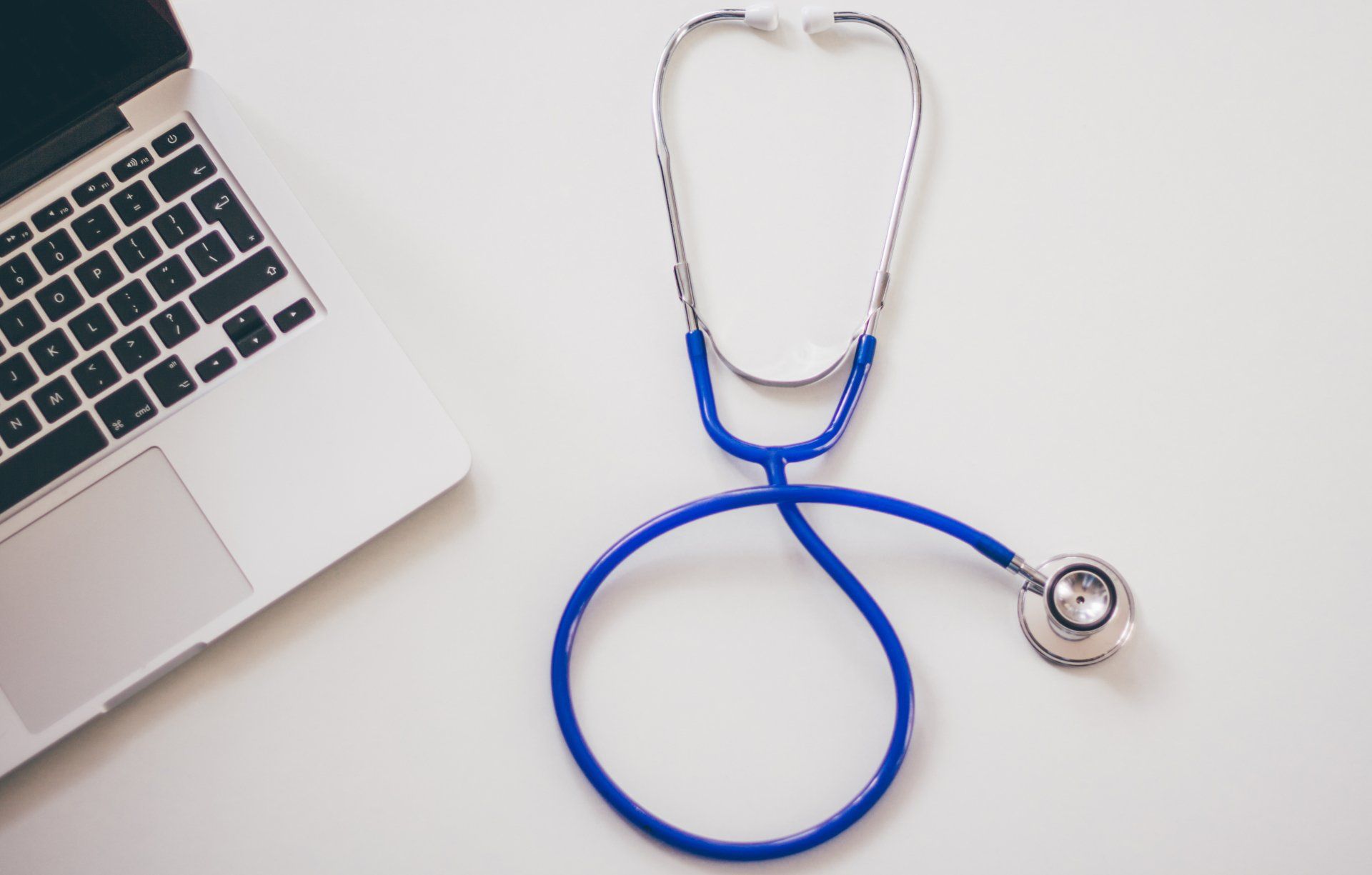Swollen Knee: Causes, Treatment, & Prevention
Swollen Knee: Causes, Treatment, & Prevention
You can initially treat non-traumatic knee swelling at home. Don’t play sports or do any activity that can put more stress on your knee. Over-the-counter pain medications like NSAIDs or acetaminophen can relieve pain and reduce inflammation. Talk to a healthcare provider before taking pain relievers for more than 10 days in a row.
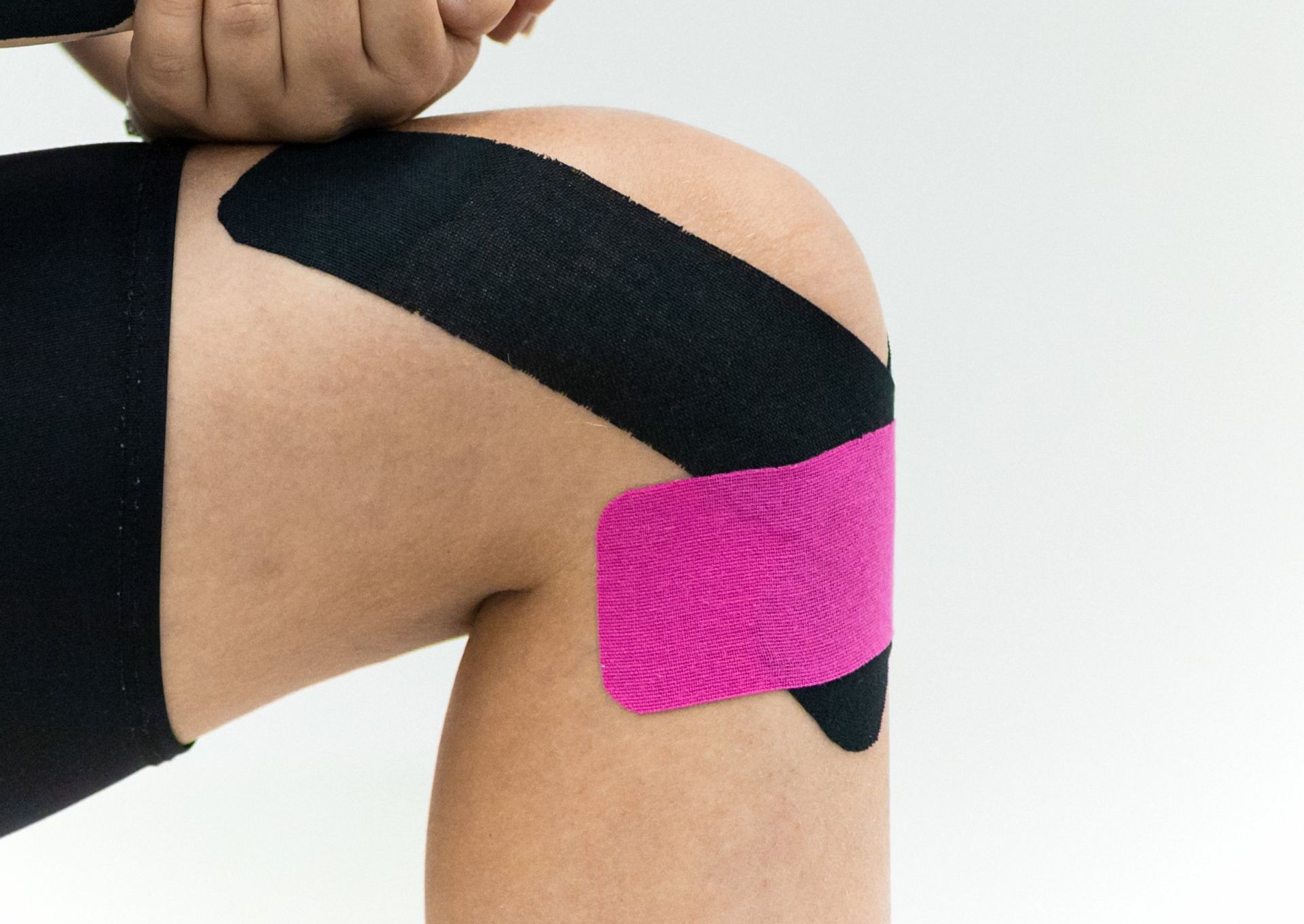
Follow the RICE method as soon as you notice pain or other symptoms:
- Rest: Avoid the activity that caused your injury. Don’t overuse your knee while it heals.
- Ice: Apply a cold compress or ice packs wrapped in a thin towel to your knee for 15 minutes at a time, a few times a day.
- Compression: You can wrap your knee in an elastic bandage to help reduce swelling.
- Elevation: Prop your knee and leg up above the level of your heart as often as you can.
A healthcare provider might suggest other treatments if you have a specific injury or health condition. You might need:
- Crutches.
- A brace that holds your knee in place.
- Physical therapy.
- Corticosteroids.
- Surgery for knee swelling
How can you prevent knee swelling?
During sports or other physical activities:
- Wear the proper protective equipment.
- Don’t “play through the pain” if your knee hurts during or after physical activity.
- Give your body time to rest and recover after intense activity.
- Stretch and warm up before playing sports or working out.
- Cool down and stretch after physical activity.
Follow these general safety tips to reduce your risk of an injury:
- Make sure your home and workspace are free from clutter that could trip you or others.
- Always use the proper tools or equipment at home to reach things. Never stand on chairs, tables or countertops.
- Use your cane or walker if you have difficulty walking or have an increased risk of falls
(n.d.). Swollen Knee. Cleveland Clinic. https://my.clevelandclinic.org/health/symptoms/17678-swollen-knee
